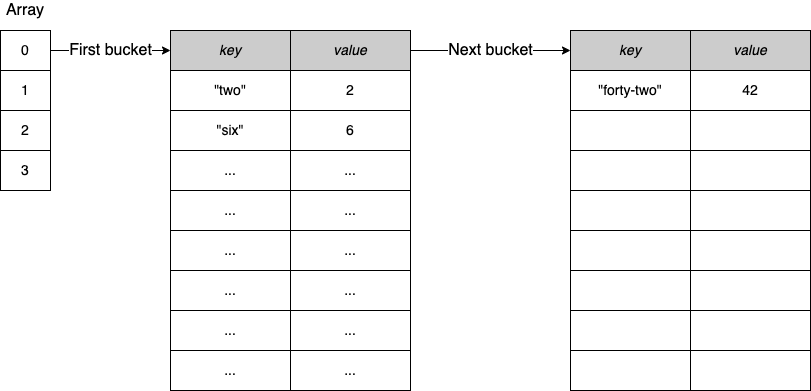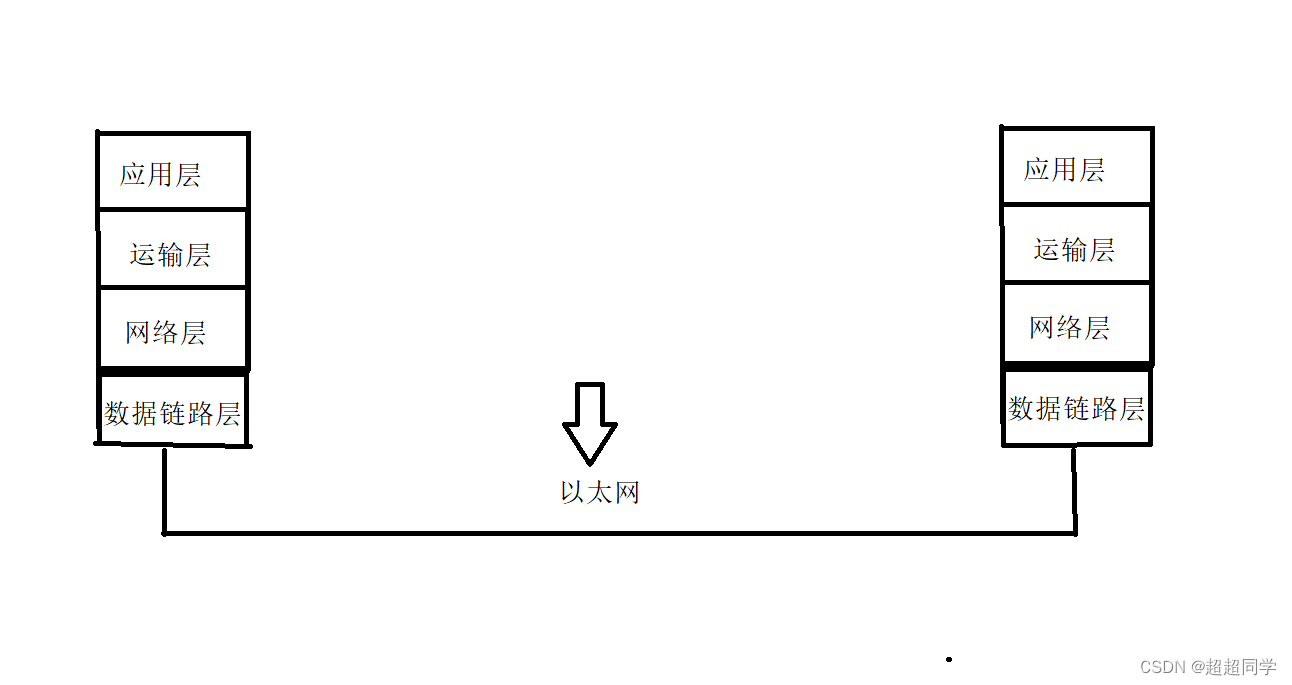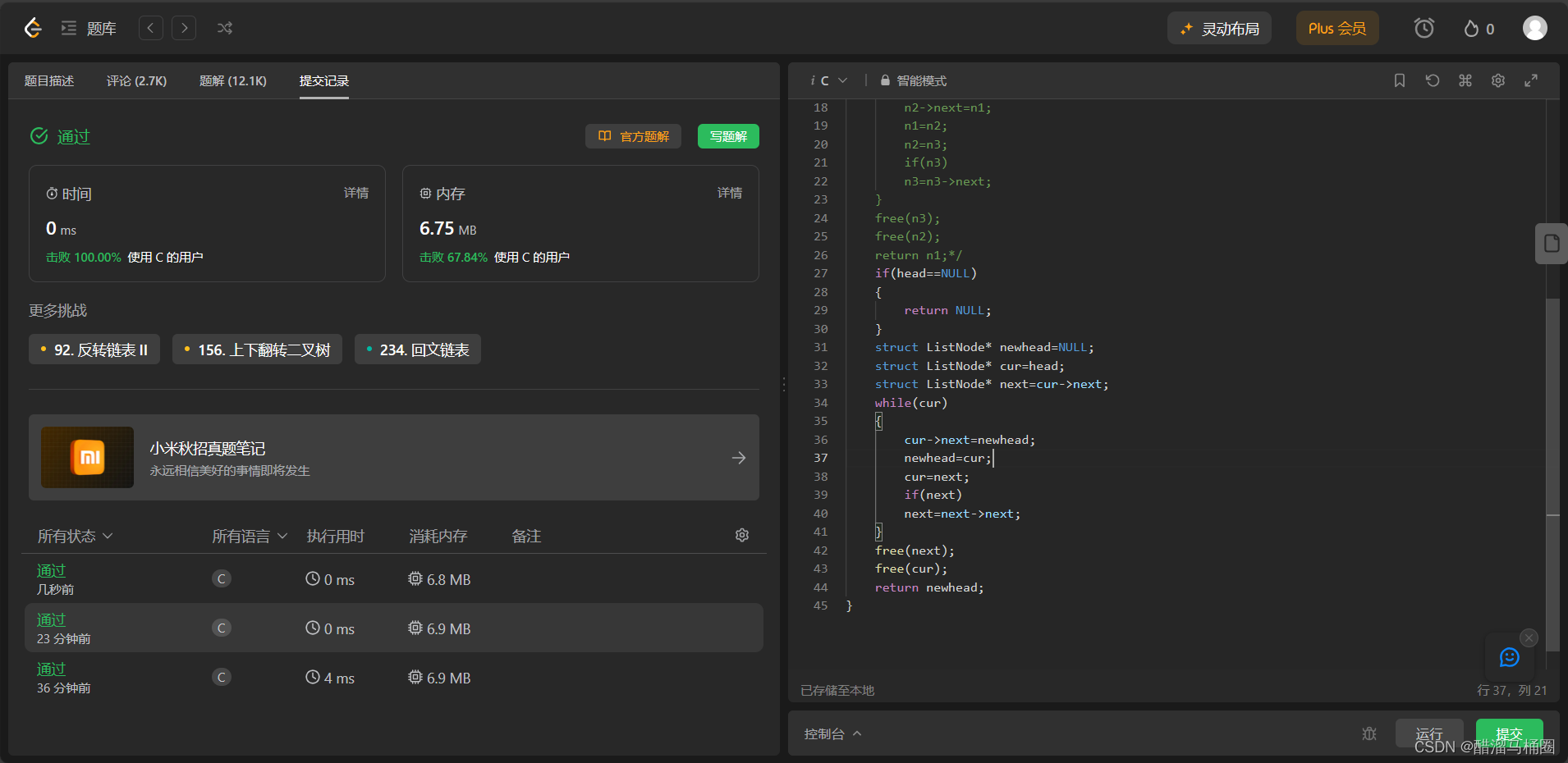ReentrantLock(重入锁)
ReentrantLock的基本使用
ReentrantLock可以自己决定加锁的位置和解锁的位置。
package myTest;import java.util.ArrayList;
import java.util.concurrent.locks.ReentrantLock;public class myTest implements Runnable{// 重入锁public static ReentrantLock lock = new ReentrantLock();public static int i;public static void main(String[] args) throws InterruptedException {Thread t1 = new Thread(new myTest(), "Thread1");Thread t2 = new Thread(new myTest(), "Thread2");t1.start();t2.start();t1.join();t2.join();System.out.println(i);}@Overridepublic void run() {lock.lock();for (int j = 0; j < 10000; j++) {lock.lock();try {i ++;} finally {lock.unlock();}}lock.unlock();System.out.println(Thread.currentThread().getName());}
}
/**
Thread1
Thread2
20000
输出的结果总是上述形式。这是因为Thread1有一个锁是执行完所有循环才会释放。
*/
ReentrantLock.lockInterruptibly() 可中断锁
如下面代码所示,如果使用ReentrantLock的lock()方法,则会造成死锁。但是使用了lockInterruptibly可中断锁之后,t2在等待2s之后请求另外一个锁没有得到之后,就会不再尝试去获取这个锁,设置中断标志,直接断开。
import java.util.ArrayList;
import java.util.concurrent.locks.ReentrantLock;
public class myTest implements Runnable{// 重入锁public static ReentrantLock lock1 = new ReentrantLock();public static ReentrantLock lock2 = new ReentrantLock();int lock;public myTest(int lock) {this.lock = lock;}public static void main(String[] args) throws InterruptedException {Thread t1 = new Thread(new myTest(1),"Thread1");Thread t2 = new Thread(new myTest(2),"Thread2");t1.start();t2.start();Thread.sleep(2000);t2.interrupt();}@Overridepublic void run() {try {if(lock == 1) {lock1.lockInterruptibly(); System.out.println(Thread.currentThread().getName()+"开始运行");Thread.sleep(500);lock2.lockInterruptibly();} else {lock2.lockInterruptibly(); System.out.println(Thread.currentThread().getName()+"开始运行");Thread.sleep(500);lock1.lockInterruptibly();}} catch (InterruptedException e) { System.out.println(Thread.currentThread().getName()+"运行出错!");
// throw new RuntimeException(e);} finally {if(lock1.isHeldByCurrentThread()) {lock1.unlock();}if (lock2.isHeldByCurrentThread()) {lock2.unlock();} System.out.println(Thread.currentThread().getName()+"退出");}}
}
ReentrantLock.tryLock() 限时等待锁
使用中断锁虽然可以解决死锁,但是很出现数据不一致的问题。可以使用tryLock() 去等待锁,如果时间到了还没有获得锁,便直接放弃。
如下面代码所示,执行慢的线程,在等待5s后,会直接执行else里面的代码。
import java.util.ArrayList;
import java.util.concurrent.TimeUnit;
import java.util.concurrent.locks.ReentrantLock;public class myTest implements Runnable{// 重入锁public static ReentrantLock lock = new ReentrantLock();public static void main(String[] args) throws InterruptedException {Thread t1 = new Thread(new myTest(),"Thread1");Thread t2 = new Thread(new myTest(),"Thread2");t1.start();t2.start();}@Overridepublic void run() {try {if(lock.tryLock(2, TimeUnit.SECONDS)) {Thread.sleep(3000);} else {System.out.println(Thread.currentThread().getName()+"得到锁失败");}} catch (InterruptedException e) {throw new RuntimeException(e);} finally {if(lock.isHeldByCurrentThread()) {System.out.println(Thread.currentThread().getName()+"解锁");lock.unlock();}}}
}公平锁和非公平锁
ReentrantLock() 默认是非公平锁,默认值为false,两个线程不会公平的获得锁。
ReentrantLock(true) 为公平锁,两个线程会公平地获取锁,如下面代码所示,两个线程会依次执行。
import java.util.ArrayList;
import java.util.concurrent.TimeUnit;
import java.util.concurrent.locks.ReentrantLock;
public class myTest implements Runnable{// 重入锁public static ReentrantLock lock = new ReentrantLock(true);public static void main(String[] args) throws InterruptedException {Thread t1 = new Thread(new myTest(),"Thread1");Thread t2 = new Thread(new myTest(),"Thread2");t1.start();t2.start();}@Overridepublic void run() {while(true) {try {lock.lock();Thread.sleep(1000);System.out.println(Thread.currentThread().getName()+"获得锁");} catch (InterruptedException e) {throw new RuntimeException(e);} finally {lock.unlock();}}}
}







